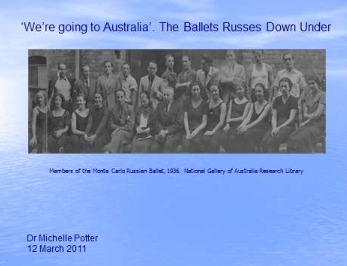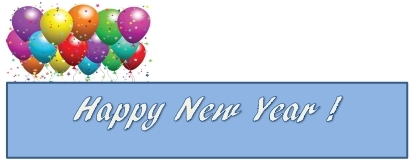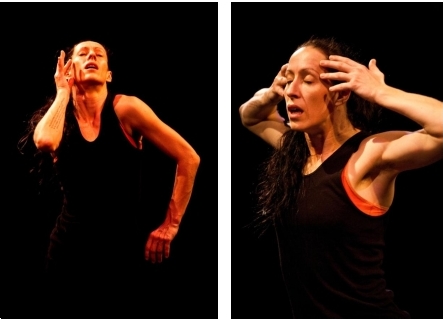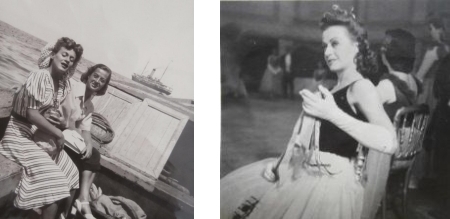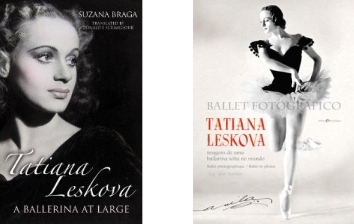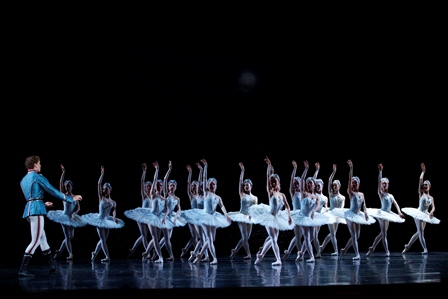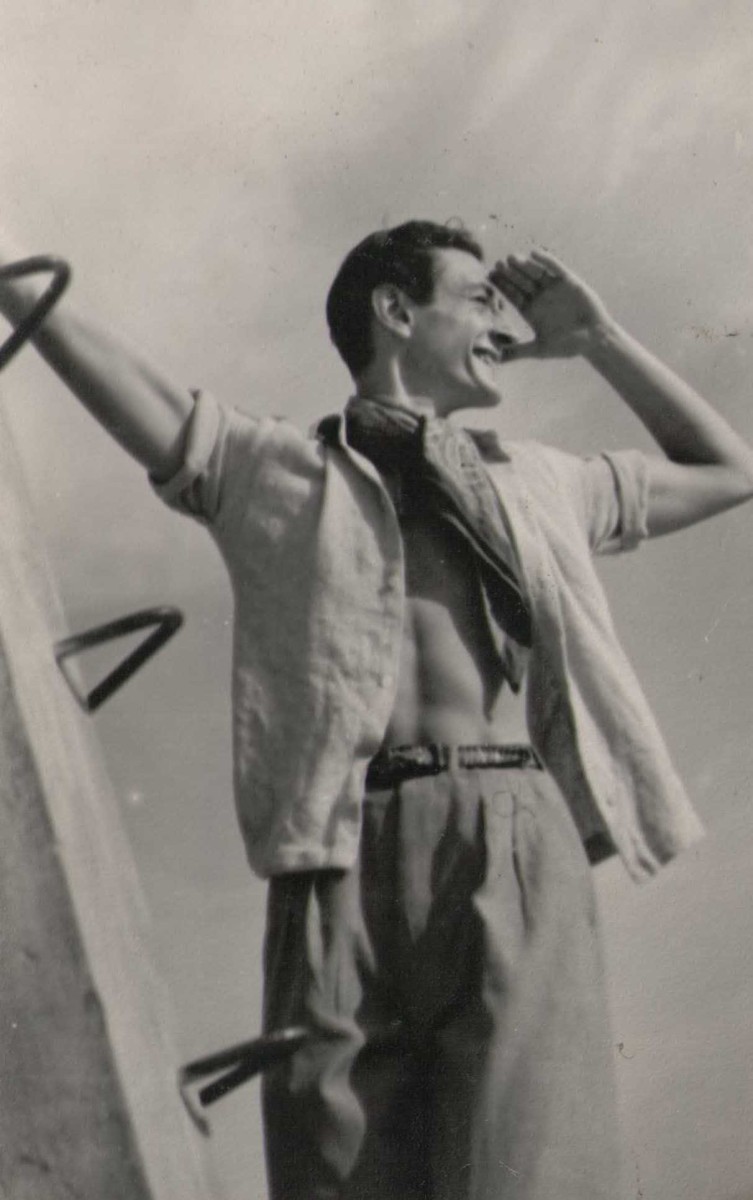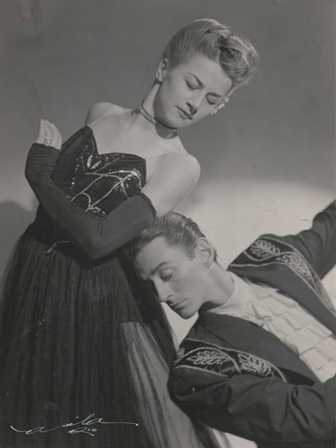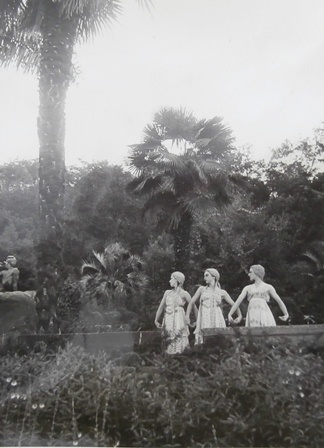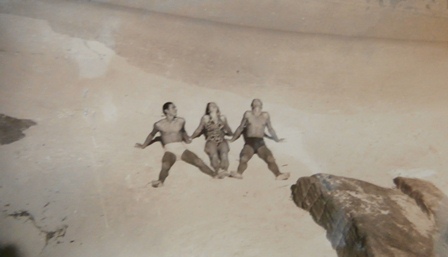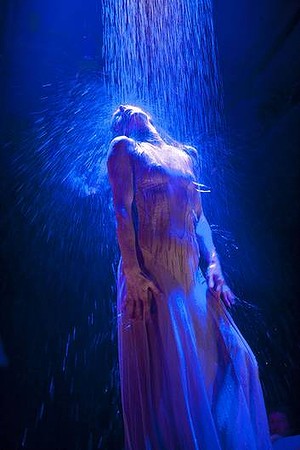5 January 2013, Carriageworks, Eveleigh (Sydney), Sydney Festival 2013
The year 2013 is the centenary of the first performance of Stravinsky’s Rite of Spring, which Vaslav Nijinsky choreographed for Serge Diaghilev’s Ballets Russes and which received a riotous reception on its opening night. The story of that night has passed into legend and, as Raimund Hoghe’s Sacre began, a voice-over recounted that tale. We were not told whose words they were but I have assumed they were those of Stravinsky recalling the evening.
But Hoghe’s production is about as far removed from what we have come to know as Sacre as you could imagine, and since 1913 countless choreographers have tried their hand at making their own version. First, the music for Hoghe’s production was a two piano score, played live. While this was pleasurable to listen to, it was an odd experience because orchestral colour is a large part of what makes those other danced versions of Sacre that audiences have seen over the years so powerful, so full of tension, so theatrical, so dramatic—the Joffrey reconstruction, the Pina Bausch version, Maurice Béjart’s production as danced by Tokyo Ballet, Stephen Page’s Rites and Meryl Tankard’s Oracle are the ones I have seen onstage.
Secondly, the work was choreographically extremely limited. Danced by Hoghe, who is small, middle-aged and has a deformed spine, and the much younger, athletic Lorenzo De Brabandere, it consisted of the two dancers balancing against each other, running (De Brabandere sometimes full pelt, Hoghe usually with jerky, stilted movements reflecting his disability), facing each other and looking hard into each other’s eyes, and performing similarly uncomplicated, often repeated movements. No drama or tension there either.
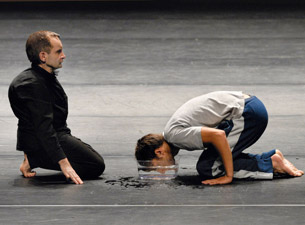
Perhaps the clue to this work comes in the final moment when the voice-over returns (and this time we were told the words are those of Stravinsky). Stravinsky recalls that when writing the work he was not constrained by any theory and he further recalls that a neighbour remembered that while he, Stravinsky, was writing a young boy used to stand outside, listening. The boy kept saying ‘That’s wrong’. Stravinsky’s answer was ‘Wrong for him’.
It is Hoghe’s right to produce a Sacre that has nothing of what we have come to expect. No-one expected Nijinsky’s choreography either. But what I found most interesting as I sat watching this show was Hoghe’s body in performance. It was intriguing to see how his disability affected his centre of balance, or how he compensated physically for the lack of a centred spine as he performed the moves he did. But this is not why I go to the theatre. I longed for a moment of drama, a bit of tension, even some choreography, no matter how simple, that reflected something of the rhythms of the music, which were of course still obvious in the two piano score. There was one moment that jolted me out of a soporific state and that was when, after leaning over a dish of water, De Brabandere suddenly splashed water into Hoghe’s face. But one splash wasn’t enough to compensate.
Michelle Potter, 6 January 2013
